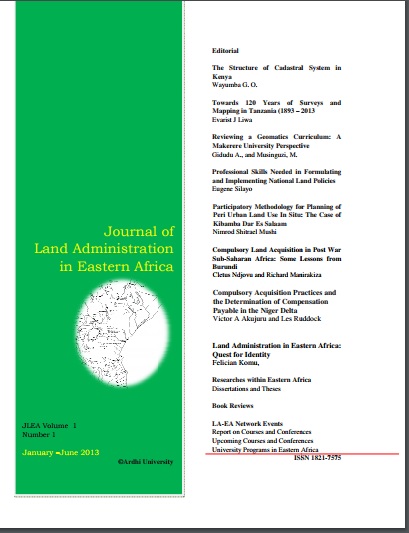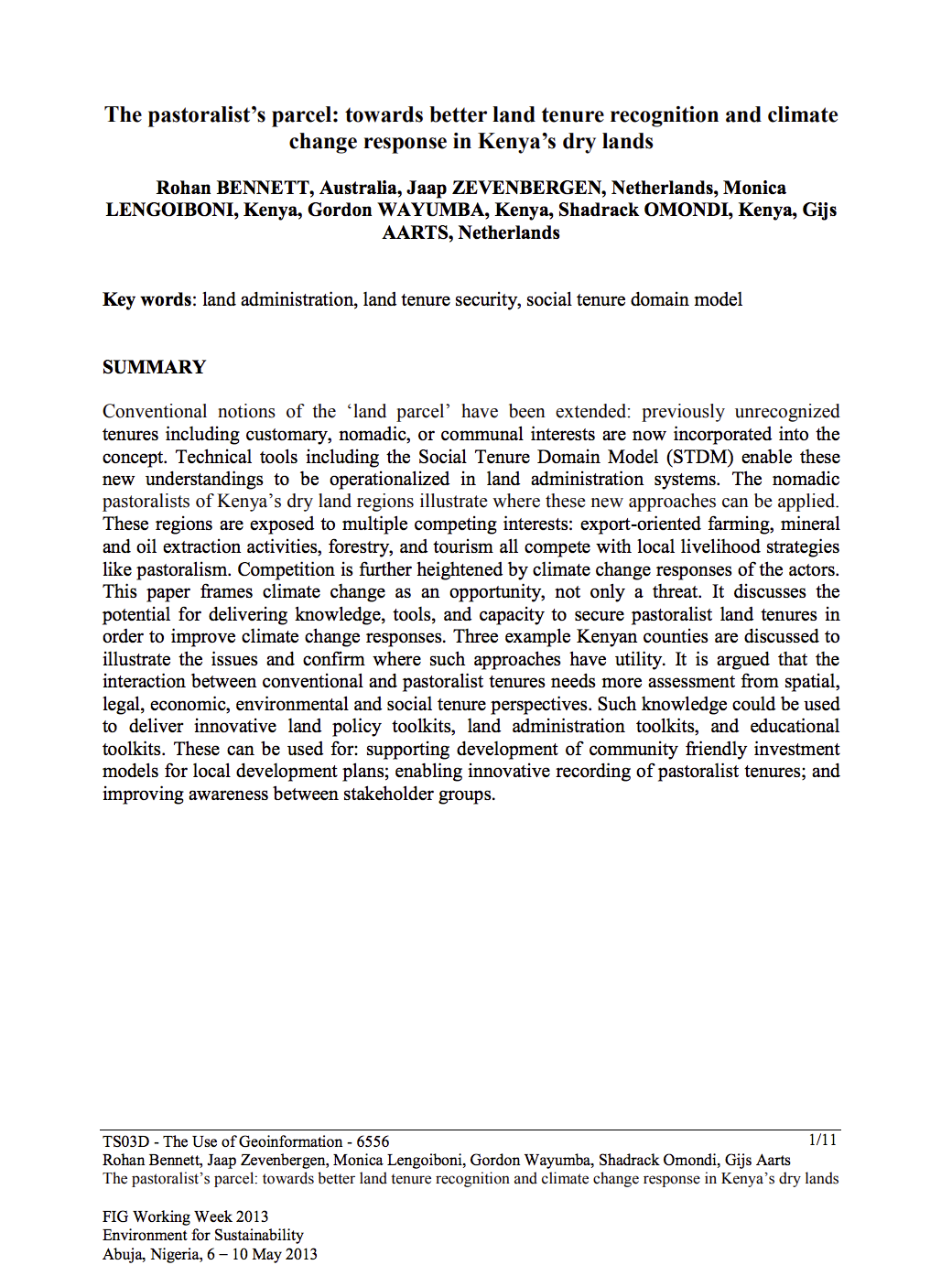Myanmar's Rosewood Crisis: Why Key Species and Forest Must be Protected Through CITES
... Extremely rapid growth in Chinese imports of ‘redwood’, ‘rosewoods’ or ‘Hongmu’ timbers from Myanmar in the past two years is directly driving increased illegal and unsustainable logging, posing a real threat to governance, the rule of law and the viability Myanmar’s dwindling forests. EIA research shows that, based on current trends, the two most targeted Hongmu species in
Myanmar - tamalan and padauk - could be logged to commercial extinction in as little as three years.





